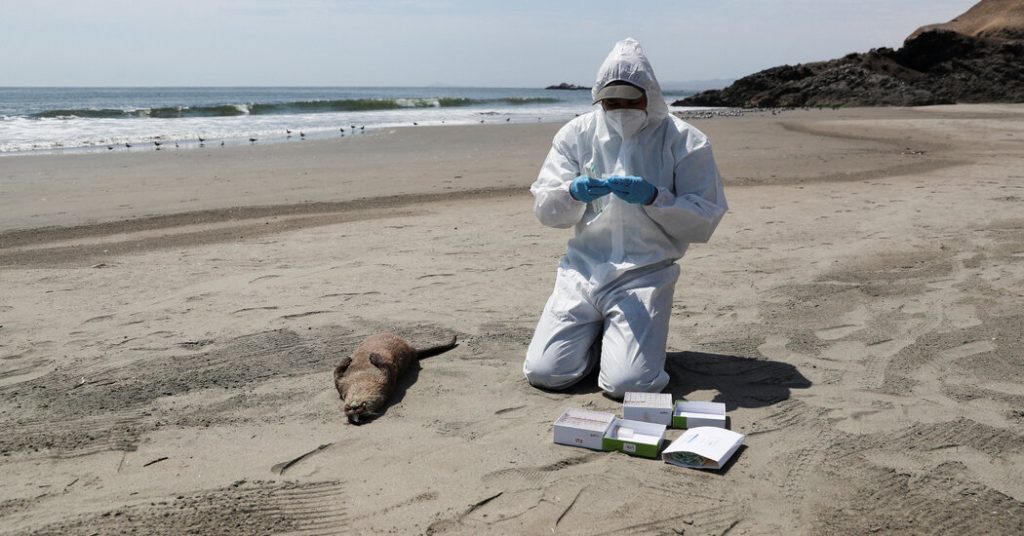In her three many years of working with elephant seals, Dr. Marcela Uhart had by no means seen something just like the scene on the seashores of Argentina’s Valdés Peninsula final October.
It was peak breeding season; the seashore ought to have been teeming with harems of fertile females and massive males battling each other for dominance. As a substitute, it was “simply carcass upon carcass upon carcass,” recalled Dr. Uhart, who directs the Latin American wildlife well being program on the College of California, Davis.
H5N1, one of many many viruses that trigger chicken flu, had already killed at least 24,000 South American sea lions alongside the continent’s coasts in lower than a 12 months. Now it had come for elephant seals.
Pups of all ages, from newborns to the totally weaned, lay lifeless or dying on the high-tide line. Sick pups lay listless, foam oozing from their mouths and noses.
Dr. Uhart known as it “a picture from hell.”
Within the weeks that adopted, she and a colleague — protected head to toe with gloves, robes and masks, and periodically dousing themselves with bleach — fastidiously documented the devastation. Group members stood atop the close by cliffs, assessing the toll with drones.
What they discovered was staggering: The virus had killed an estimated 17,400 seal pups, greater than 95 % of the colony’s younger animals.









